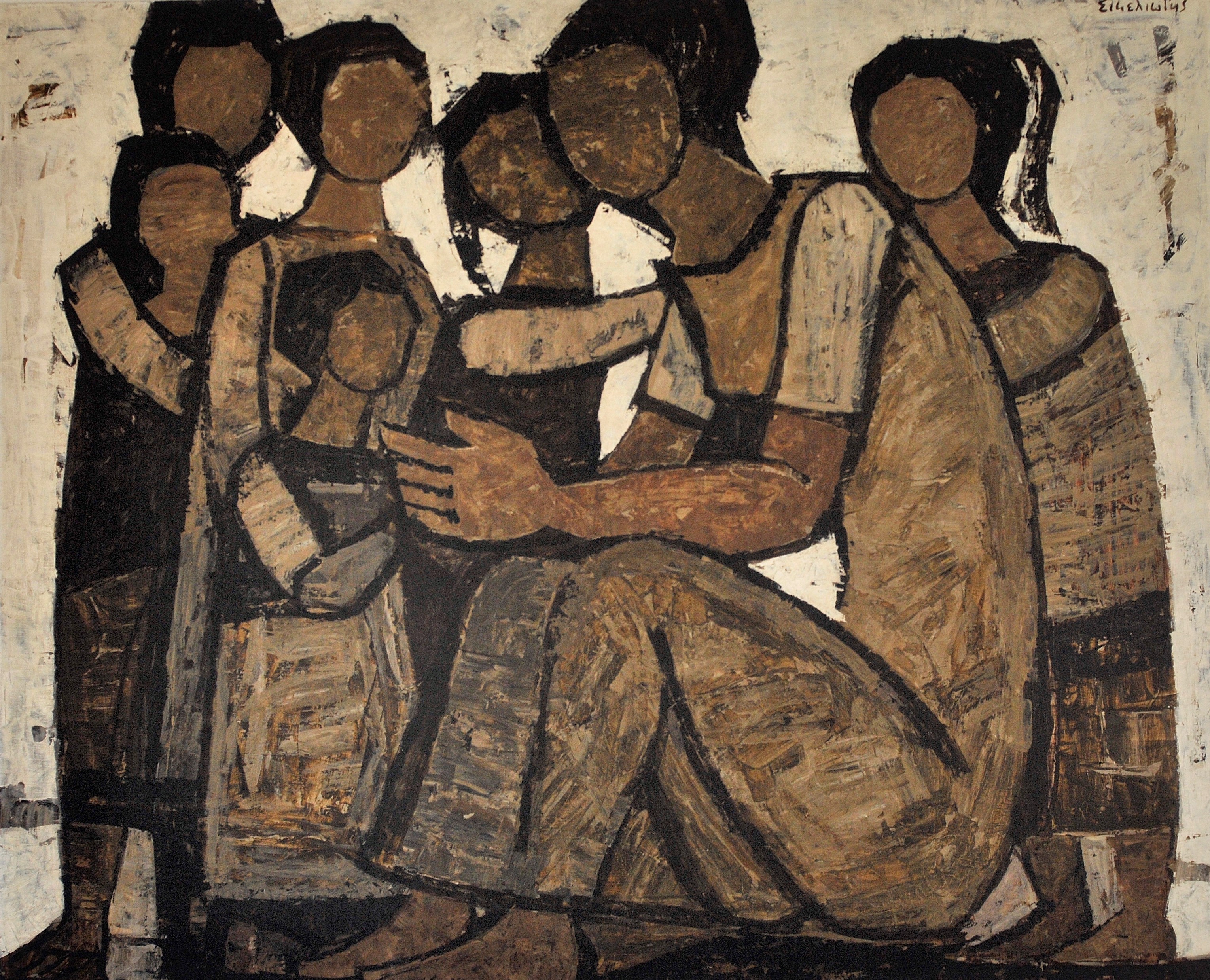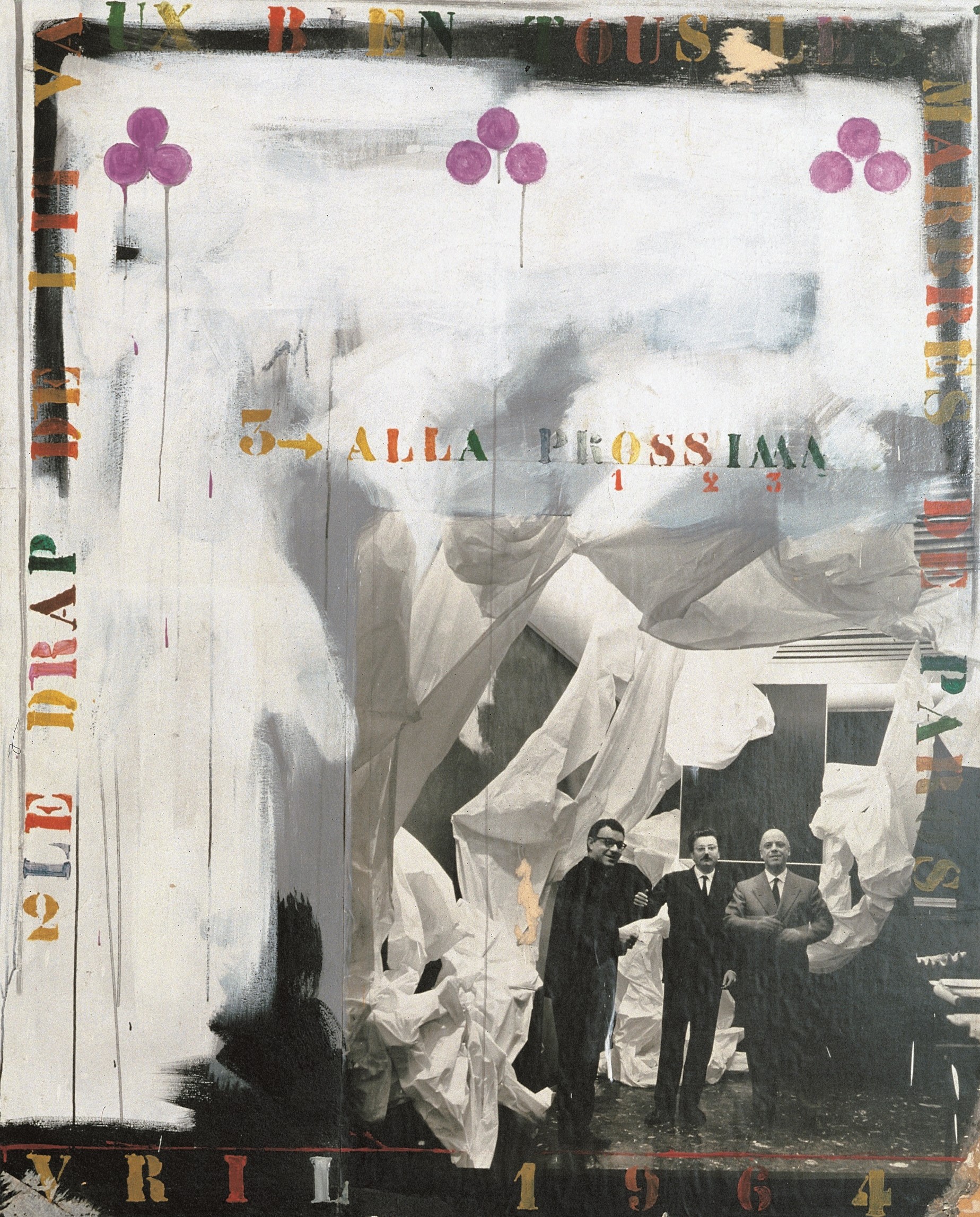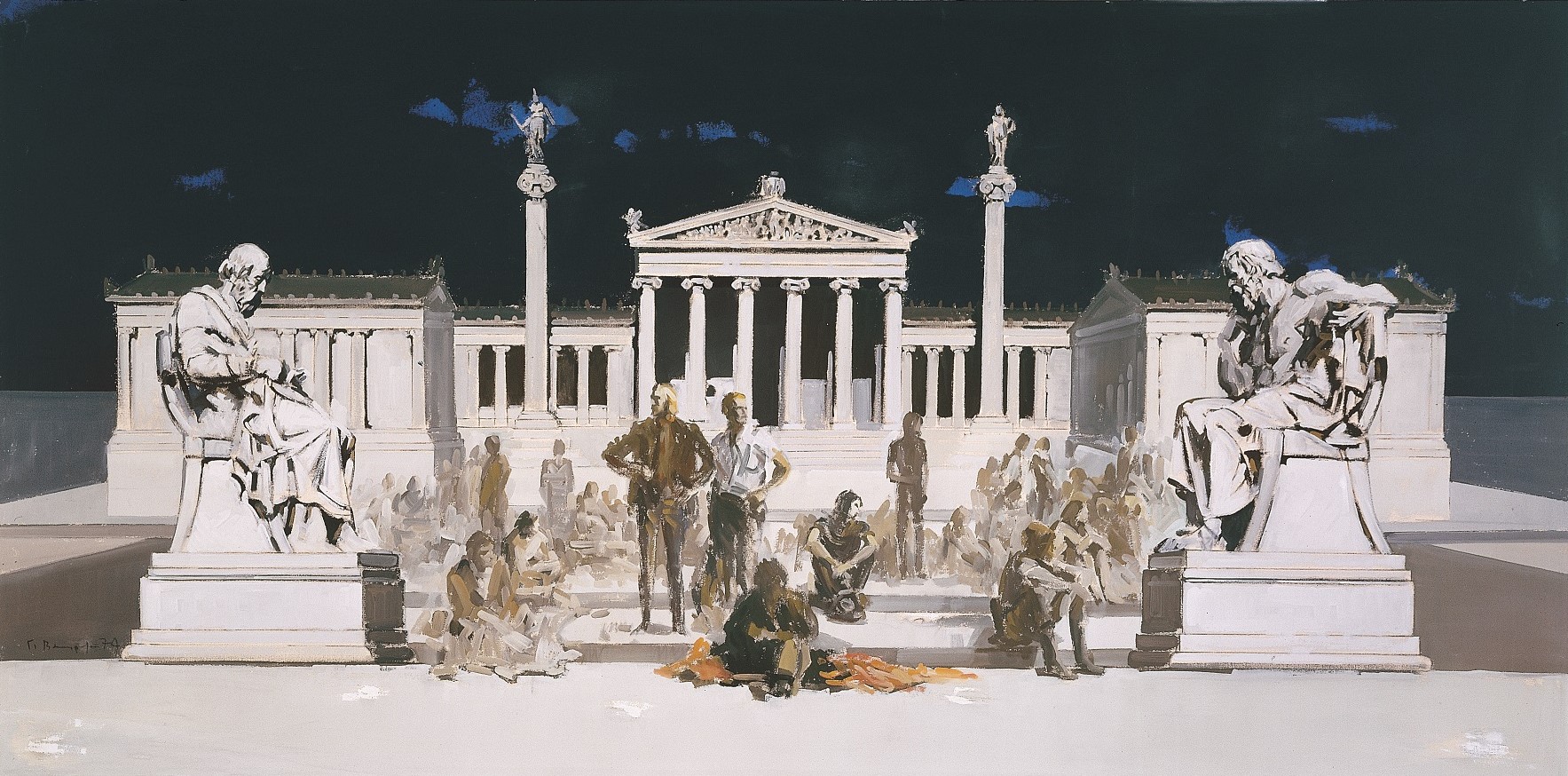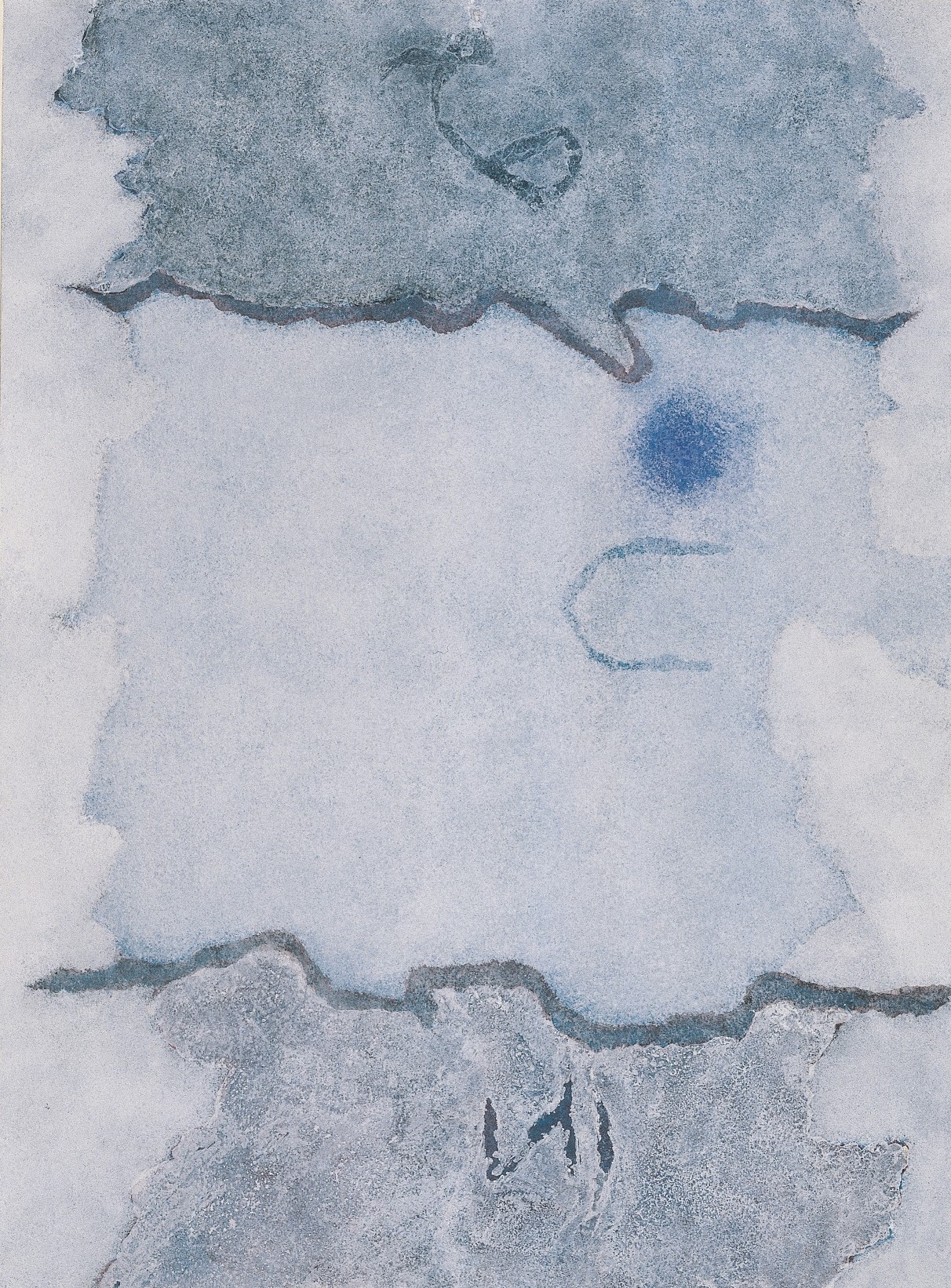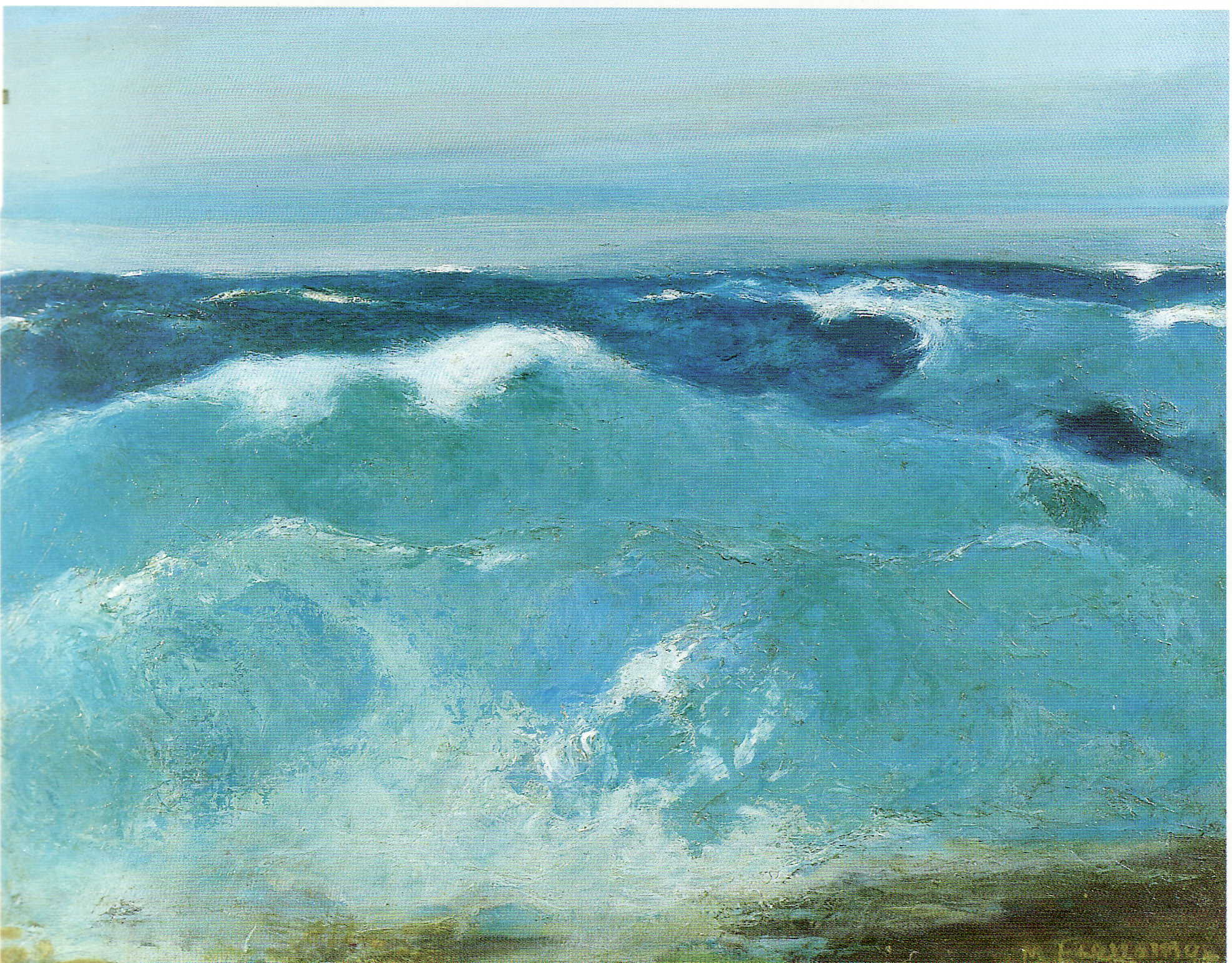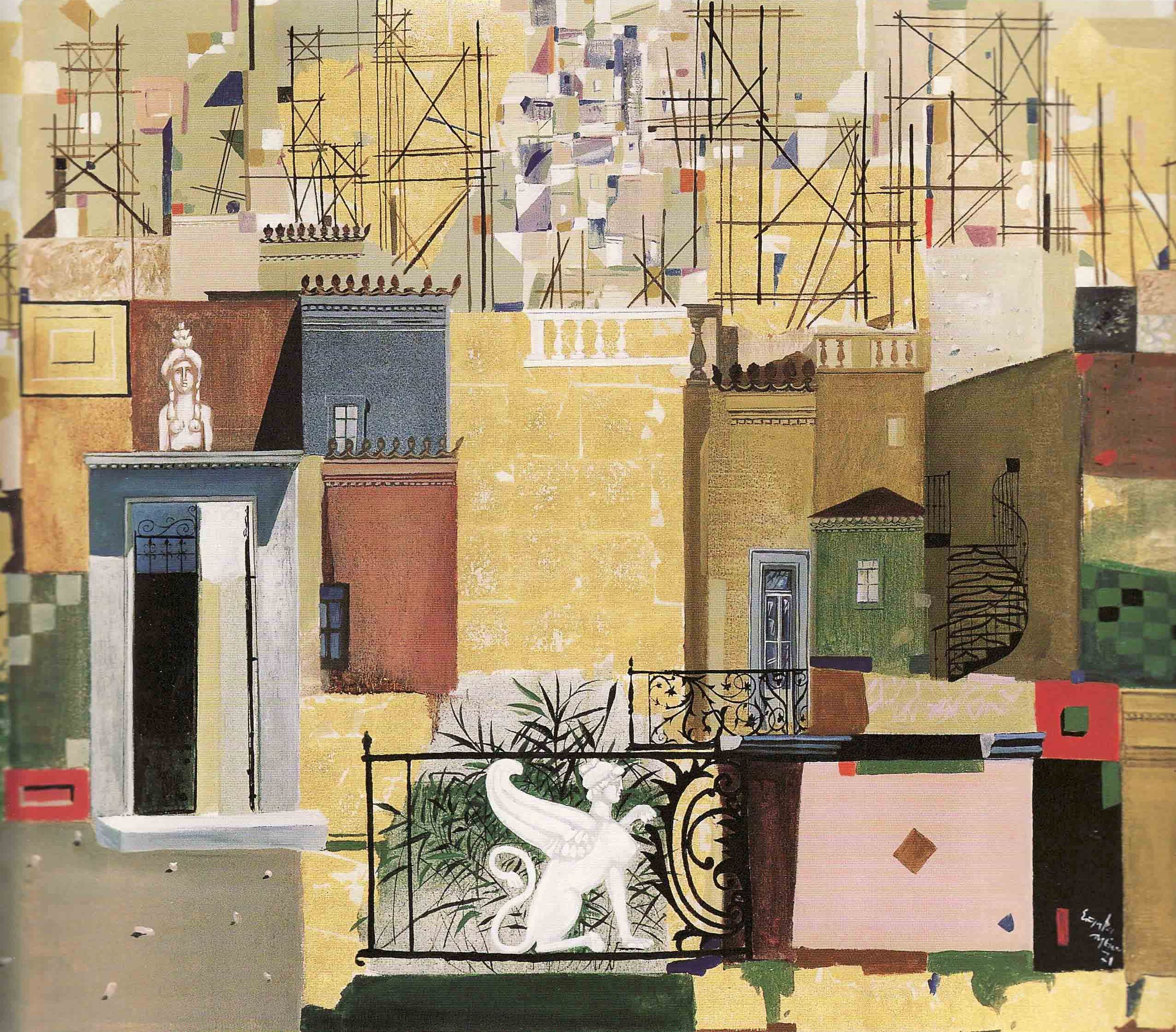Giorgos Sikeliotis, Mother
Mother by Giorgos Sikeliotis is a figurative modern-Greek painting. A people-centric artist by definition, Sikeliotis often depicted the importance of motherhood in his art. With directness being his signature artistic idiom, he was one of the most prominent representatives of the Generation of the 30s.
Mother by Giorgos Sikeliotis depicts a mother sitting on the ground. In front of her, 5 small children are seeking her embrace. The mother is leaning towards the children, spreading her arms to the one closest to her. Behind her, another young girl is leaning on her back.
It is a figurative work of art, true to Sikelotis’ unwavering artistic quests. Key features of his paintings take centre stage:
- Earth tones
- Bold and rough outlines
- Front-facing, two-dimensional human figures
The element of symbolism is quite vivid on the piece, as Sikeliotis purposely subtracted any detail or narrative, and did not attribute any facial features to the figures. However, the composition remains expressive and rife with emotion.
His life in a nutshell
Giorgos Sikeliotis (1917-1984) was born in Smyrna. In 1922, following the Asia Minor Catastrophe, he arrived in Athens and settled with his family in the suburb of Kaisariani. From 1935 to 1940 he studied at the Athens School of Fine Arts under Konstantinos Parthenis and Spyridon Vikatos.
During the years of the German Occupation, he fought on the Albanian front. He captured the adversities of the era in his prints and paintings, contributing to the fight of the people of the arts and letters against the occupying forces.
In 1949 he became a member of the Stathmi art group, which demonstrated rich artistic activity. He lived and worked in England and France for long periods of time. He also illustrated numerous literary and school books.
Artistic influences
Giorgos Sikeliotis’ artistic idiom was influenced by:
- Cubism
- Shadow theatre
- Byzantine and folk art
- 6th century black-figure pottery
Favourite themes and artistic style
Giorgos Sikeliotis placed the person at the core of his art. His works mainly depict figures, houses and landscapes. His Smyrna-based origins, his experiences as a refugee, and later on those from the German Occupation, had a major impact on his themes.
The dominating features of his artistic style are:
- Directness
- Rough lines and solid forms
- Focus on shapes
The colours in Sikeliotis’ oeuvre are chiefly earthy.
A major artist
Giorgos Sikeliotis was one of the main representatives of the Generation of the 30s. His work is marked by consistency and continuity. He started participating in group exhibitions as early as his student years. During his lifetime, he presented his work in solo and group exhibitions in Greece and abroad.
In 1954 he presented 80 of his works in his 1st solo exhibition on the premises of Vima newspaper in Athens. In 1957 he participated in the 2nd Biennale in Alexandria, while in 1960 he was chosen among the candidates for the Guggenheim Prize, receiving an honourable mention for his piece Girl with Doves.
Contribution to society
From 1975 to 1983, Sikeliotis, along with various public and cultural organisations, jointly hosted more than 25 “Artistic Decentralisation” exhibitions, as he called them. His aim was to disseminate art to the people of regional Greece. This move of his was the starting point for establishing new municipal galleries in rural towns across Greece.
Motherhood in Giorgos Sikeliotis’ oeuvre
Throughout his artistic career, Sikeliotis explored motherhood in depth. In his works, the mother is pictured as folksy, robust and earthy.
The artist aimed to depict the importance of motherhood, and the security and protection a mother's presence provides in the lives of her children, even amid adverse conditions.
Bibliographical reference
Mother by Giorgos Sikeliotis is referenced in the album Tribute to the Greek Mother – Motherhood in Modern Greek Art, 2009, edited by Aphrodite Kouria.
The Alpha Bank Art Collection is not open to the public.
You may visit the work of art Mother by Giorgos Sikeliotis by appointment.
Contact us to book your visit.
